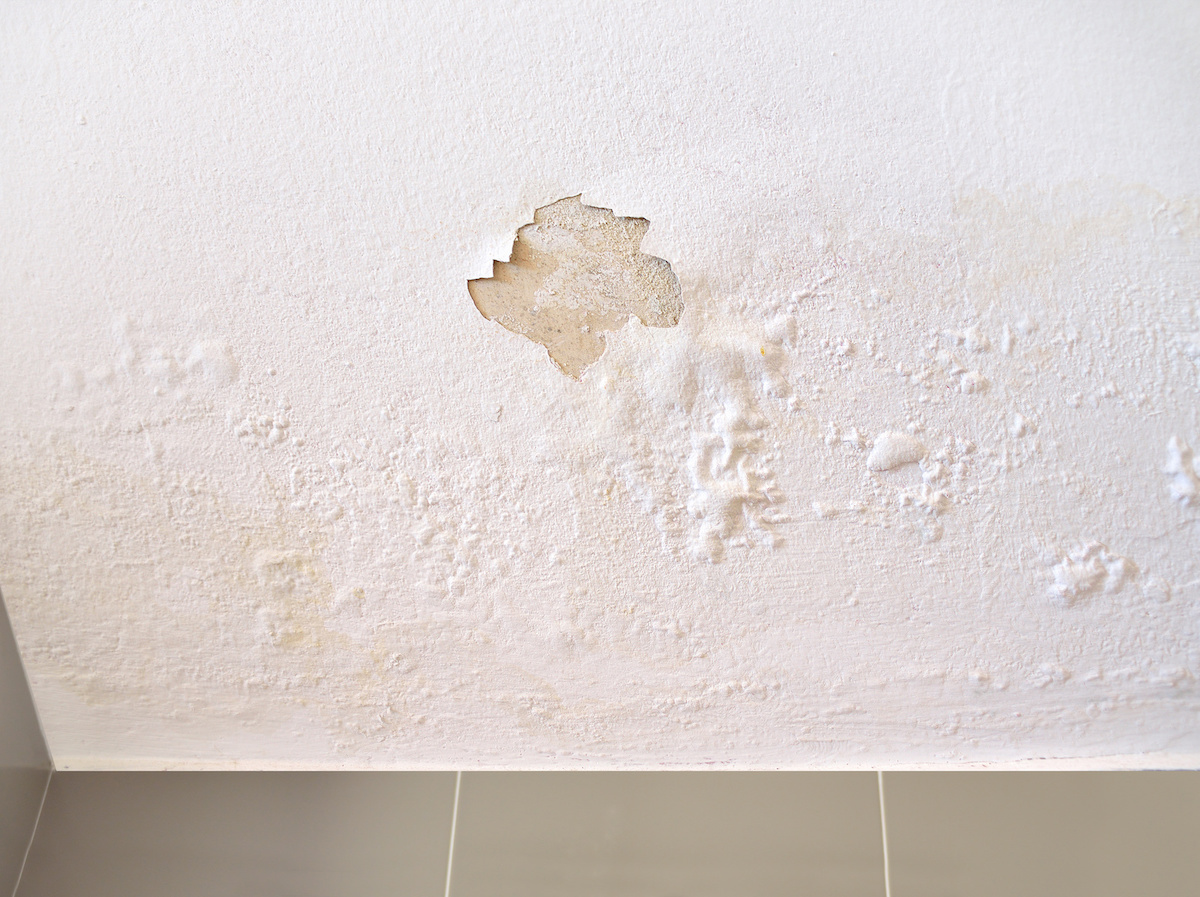Just How to Avoid Bathroom Water Damage
Just How to Avoid Bathroom Water Damage
Blog Article
This article below relating to How to Fix a Water Damage Bathroom is quite fascinating. Give it a go and draw your own personal conclusions.

The restroom is extremely susceptible for moist build-up and potential water damages due to the regular use water in it. This post offers basic inspection methods to aid discovering water damages risks.
The constant use of water in the shower room makes it extremely susceptible for wet accumulation as well as possible water damage. By evaluating it regularly, you can minimize water relevant damages.
The adhering to set of evaluations is very easy to perform as well as must be done once in every three months in order to maintain your shower room healthy as well as to stop potential water problems caused by the tub, the shower, pipeline joints and plumbing, sinks, closets, and the bathroom
Do not forget carrying out these evaluations and also be thorough while doing them. Remember that these easy assessments can conserve you a lot of money by offering very early signs for water damage
Tub and also Shower
The shower and also bathtub require unique focus and maintenance. Examine the tiles and change if fractured. Make sure that there is no missing cement in between the tiles. Inspect as well as change fractured caulking at joints where the walls meet the floor or the bath tub. Obstructed drains and pipes issues will certainly prevent the bathtub from drying as well as might show serious problems below the tub. Seek advice from a specialist immediately to prevent structural damage. Take note of discolorations or soft areas around the tub wall surfaces as they might show an inner leakage.
Plumbing
Signs for water damages are tough to identify since most pipelines are mounted inside the wall surfaces.
Pay special attention to flooring as well as wall surfaces dampness and also stains as they may indicate an unnoticeable plumbing issue. Examine dampness degrees in adjacent areas too.
Sinks and Cabinets
Sinks and cabinets are subjected to wetness as well as moisture everyday and also are usually forgotten. Evaluate regularly under the sink and on the countertop above it. Repair any drip in the trap as it may suggest drain problems. Look around the sink, slow-moving draining pipelines might show an obstructed drainpipe. Change sink seals if they are split or loosened.
The Bathroom
The bathroom is a prone water junction. Check the water lines and search for leakages around the commode seat, in the tube, and also under the water container. If you find any type of indications of moisture on the floor around the commode, look for leakages in the toilet edge as well as tank seals.
Be aware that hanging toilet dish deodorants raises the possibilities for obstructions.
Water Damage Signs In The Bathroom To Avoid Cleanup
Musty smell
This is one of the easiest signs to catch because musty smells are so odorous. The damp, earthy, moldy smell should be a big red flag. The smell will develop when moisture gets trapped in surfaces, and begins to facilitate mold growth. Leaking pipes under cabinets, inside walls, and behind shower fixtures will cause moisture to stay trapped and not dry, which will lead to mold growth and spread. As soon as you notice any musty smells in your bathroom, have it checked for hidden water damage and cleanup signs.
Visible mold
If the smell isn’t there to give it away, sometimes you will actually see mold growth. Finding mold in your bathroom is a serious problem, because mold is very harmful to your health. By the time mold growth is visible, it also means that water damage has already occurred and been present for some time. The only way the mold problem can be resolved is to find the source of the moisture and get it stopped. To safely and adequately remove mold, you need to have professionals handle the remediation. Do not waste any time in getting mold problems addressed, fixed, and sanitized so that you can protect you and your family from the many respiratory symptoms caused by mold exposure.
Damaged floors
Bathroom floors should be able to withstand some exposure to water while still remaining in good condition. However, when excess exposure or water leaks occur, they will begin to damage even the most water-resistant flooring. If you notice any cracking, bubbling, staining, or warping on your bathroom floors, there is probably a water leak somewhere causing the distortion. If you notice areas of the floor have become softer, or even have a spongy feeling, there is probably damage to the subfloor. Subflooring is typically made up of plywood. When plywood is exposed to water or moisture, it will absorb it. Once it has become saturated, the weight of the excess water will cause the wood to swell and soften. Check the floors in your bathroom frequently to catch any of these sings before they lead to damaged subflooring.
Changes on walls
When water leaks behind walls, it will cause changes in the drywall. Peeling plaster, blistering paint, and soggy wallpaper are all good indicators that excess water is building up behind the wall. Water leaking behind drywall will cause it to swell and be soft to the tough. If you start to notice gaps along the trim of your walls, or where tile meets the wall, it could also be a strong indicator that there is a leak behind the wall. Any changes, distortion, or damage on the walls should be evaluated as soon as you notice it to prevent further water damage and cleanup.

I ran across that content about Common Causes of Water Damage in a Bathroom while surfing around the search engines. For those who enjoyed reading our blog posting please don't forget to share it. Thank-you for going through it.
Book Report this page